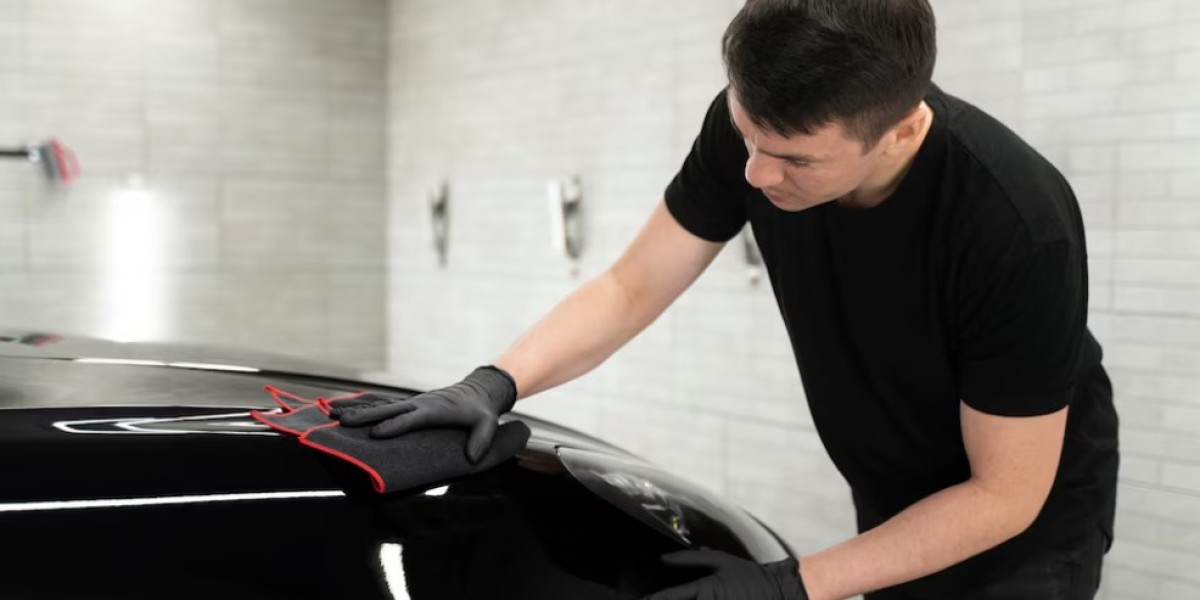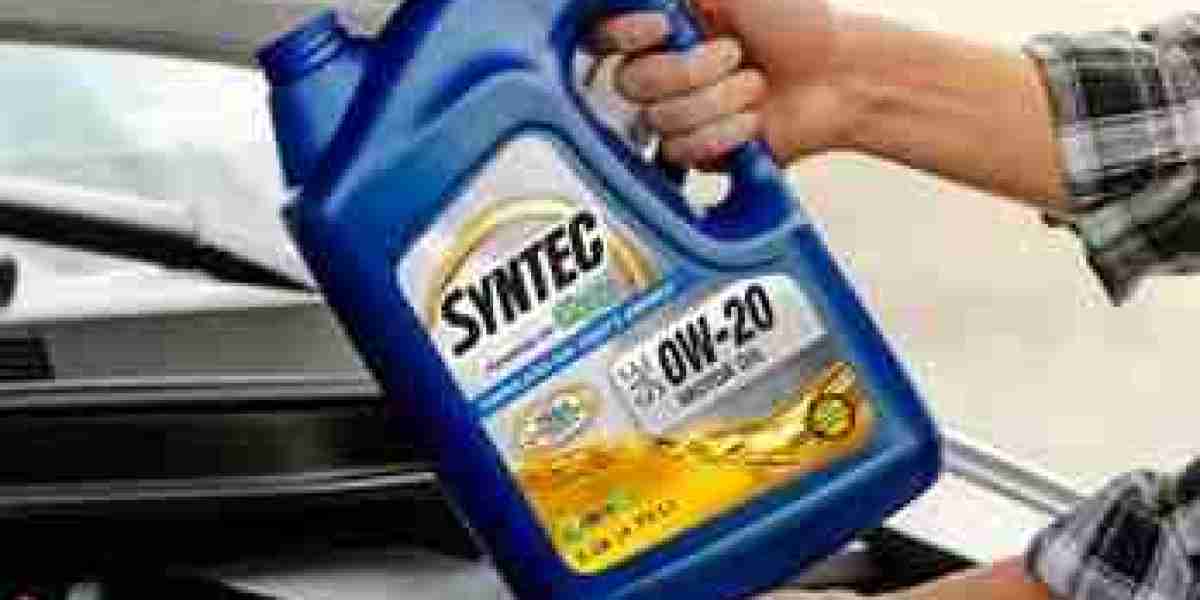For many car owners, nothing is more disheartening than discovering a fresh scratch or chip on their vehicle’s gleaming surface. Whether it's from flying road debris, careless parking lot maneuvers, or simply the wear and tear of daily driving, these blemishes can diminish your car’s aesthetic and resale value. That’s where PPF—Paint Protection Film—enters the picture as a powerful solution for preserving your vehicle's flawless appearance.
What Is PPF and How Does It Work?
PPF is a transparent, thermoplastic urethane film that is applied to the painted surfaces of a vehicle. Originally developed for military use to protect helicopter blades from debris damage, this innovative material has evolved into a must-have product in the automotive world. Once applied, it forms a virtually invisible shield that defends against rock chips, minor abrasions, road salts, bird droppings, and even UV rays.
The magic of PPF lies in its self-healing properties. Thanks to a specially designed elastomeric polymer, light scratches and swirl marks on the film can literally vanish with the application of heat—either from the sun or warm water. This feature ensures that the vehicle maintains a glossy, scratch-free look without requiring frequent touch-ups or repaints.
The Benefits of PPF for Long-Term Vehicle Protection
Installing PPF offers a variety of benefits that go beyond just scratch resistance. Some of the most significant advantages include:
Enhanced Aesthetics: The film maintains the original paint’s color and finish, whether it's matte, gloss, or satin.
UV Protection: Helps prevent the paint from fading due to prolonged sun exposure.
Hydrophobic Properties: Many PPFs come with a topcoat that repels water and contaminants, making cleaning your car a breeze.
Resale Value: By preserving the condition of your paintwork, PPF can significantly improve your vehicle's resale value.
Cost-Effective Over Time: While the upfront cost may be higher than traditional waxing or ceramic coatings, the long-term protection and reduced need for repainting make PPF a smart investment.
PPF vs. Other Paint Protection Methods
Car enthusiasts often debate between ceramic coatings, waxes, and PPF. While all offer protection, PPF stands out for several reasons:
Depth of Protection: Unlike wax or ceramic coatings, which add a microscopic layer of protection, PPF is a physical barrier capable of absorbing impact from gravel and small debris.
Self-Healing Ability: Only PPF offers true self-healing from light scratches and swirl marks.
Flexibility: It can be used in conjunction with ceramic coatings for added gloss and hydrophobic properties.
Ceramic coatings are ideal for enhancing shine and making washing easier, but they won’t stop rock chips. Waxes are the least durable and require frequent reapplication. PPF, on the other hand, gives you peace of mind with its robust, long-lasting defense.
Professional vs. DIY Installation: What You Need to Know
Applying PPF requires precision, patience, and professional-grade tools. A poor installation can lead to bubbling, peeling, and visible seams—defeating the purpose of a “stealth” protective layer. Professional installers typically use pre-cut kits designed specifically for your car’s make and model, ensuring a seamless application with minimal risk.
That said, some car owners with the right skills and equipment opt for DIY kits, which can save on labor costs. However, these kits often lack the accuracy of custom-cut film and may not offer the same level of protection or aesthetic finish.
Caring for Your PPF-Coated Vehicle
Once your car is protected with PPF, maintenance is straightforward. Here are a few tips to keep your vehicle looking pristine:
Regular Washing: Use pH-neutral car shampoos and soft microfiber towels to avoid unnecessary abrasion.
Avoid Harsh Chemicals: Steer clear of abrasive polishes or strong solvents that can degrade the film over time.
Check Edges Periodically: Inspect for lifting or debris along the edges, which can lead to peeling if left untreated.
Apply a Ceramic Coating: For added protection, some car owners apply a ceramic coating on top of the film for extra shine and dirt resistance.
Is PPF Worth It? A Final Word
If you’re passionate about maintaining a flawless finish and shielding your vehicle from the harsh realities of the road, PPF is an unbeatable option. While it may seem like a luxury, it actually serves as a practical long-term investment. Not only does it preserve the beauty of your car, but it also saves you money on potential repairs and repainting down the line.
In an era where cars are more than just modes of transportation—they’re expressions of personal style and significant financial investments—opting for PPF is a proactive step toward preserving that value. Whether you drive a luxury sports car or a daily commuter, protecting your paint is a choice you won’t regret.



